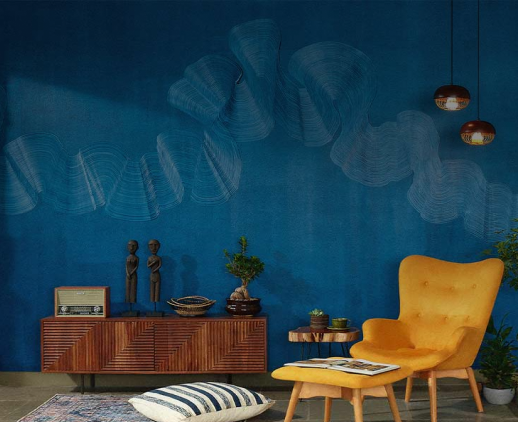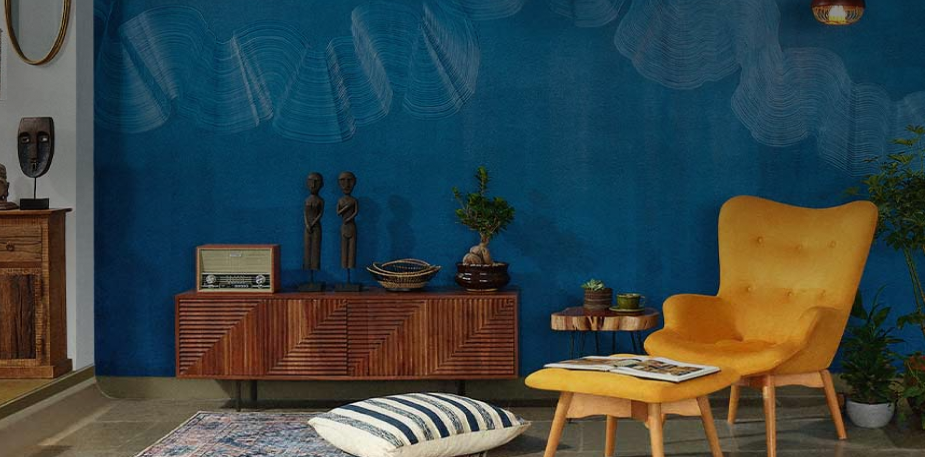Get your home interior design budget estimate
In conversation with Gurjit Singh Matharoo

Gurjit Singh Matharoo tells us how he came to become an architect and why concrete remains a recurring motif in his work
Architect Gurjit Singh Matharoo’s work for the Prathama Blood Centre in Ahmedabad and the Ashwinikumar Crematorium in Surat established his practise early on. Concrete forms a big part of his approach to architecture in a country like India, a fascination that he pins down to the material being not just easily available in the country but also due to its ability to offer low maintenance and high built quality at the same time. We spoke to him about what drew him to architecture in the first place and what informs his use of materials.
What got you interested in architecture in the first place?
My great grandfather was a graduate from Lahore School of Arts and worked as a drafts person for the British about 100 years ago, when there were no architects. Then my father’s generation were basically all engineers, so this civil engineering background was already there. So I guess it has been in my blood to design buildings. A strong influence has been my early days in Jodhpur, where I saw large stones being chiselled and assembled into modern buildings all around.
What style of architecture are you personally drawn to, and how do you see that take form in your work?
We like to call ourselves romantics - people governed by emotion over calculation, and affected by beauty more than gain.
There is an inner urge to make buildings that elate one from a normal level of existence to a higher being. Buildings with a high emotive content that are meant to be discovered; unfolding around one’s body as one moves through them, revealing their secrets and meanings; over time and over spatial layers.
Who are some of the architects who have influenced your work?
Master Architect Mies Van Der Rohe has been my greatest inspiration. My visit to his Pavilion in Barcelona, built in 1929 and reconstructed again in 1985, was a pilgrimage of sorts.

Matharoo Associates.
The man behind the most profound statements such as ‘God is in the details’ and ‘Less is more, was also the only male invited to be the member of an All Womens’ Club in Chicago - we take a bow!
Your work explores natural materials like concrete, stone and teak used in a raw, exposed form. Could you tell us how these materials inform your approach to architecture?
We use concrete, have built an entire building in stainless steel and another in mild steel. We use stone a lot, since India is blessed with inexpensive but beautiful and durable stones. We love wood, but mindful of the depleting resource, use it conservatively. So, no material is actually taboo in our studio. With harsh sun falling on wood, concrete, brick, stone or metal, we are able to get profound textures, much like carvings do to a temple in tropical light.

Get Started with your interior design journey with us!
Speak to our design professionals
What’s the status of your home possession?
What’s the condition of your home/space?
Will you be living in your space during the renovation?
 Previous Question
Previous Question
Is your interior design budget over 4 lakhs?
 Previous Question
Previous Question
Book next available appointment slots with our experts!
Please Select Date and Day
 Previous Question
Previous Question

Something went wrong!
We were unable to receive your details. Please try submitting them again.

Appointment Scheduled!
Thank you for giving an opportunity to Asian Paints Beautiful Homes Service! Our Customer Experience Specialist will get in touch with you soon.
Appointment Date & time
Thank You!
Our team will contact you for further details.
What’s the status of your home possession?
What’s the condition of your home/space?
Will you be living in your space during the renovation ?
 Previous Question
Previous Question
Is your interior design budget over 4 lakhs?
 Previous Question
Previous Question
Book next available appointment slots with our experts!
DEC 2023
Please Select Date and Day
 Previous Question
Previous Question

Something went wrong!
We were unable to receive your details. Please try submitting them again.

Appointment Scheduled!
Thank you for giving an opportunity to Asian Paints Beautiful Homes Service! Our Customer Experience Specialist will get in touch with you soon.
Appointment Date & time
17 Oct 23, 03.00PM - 04.00PM








































